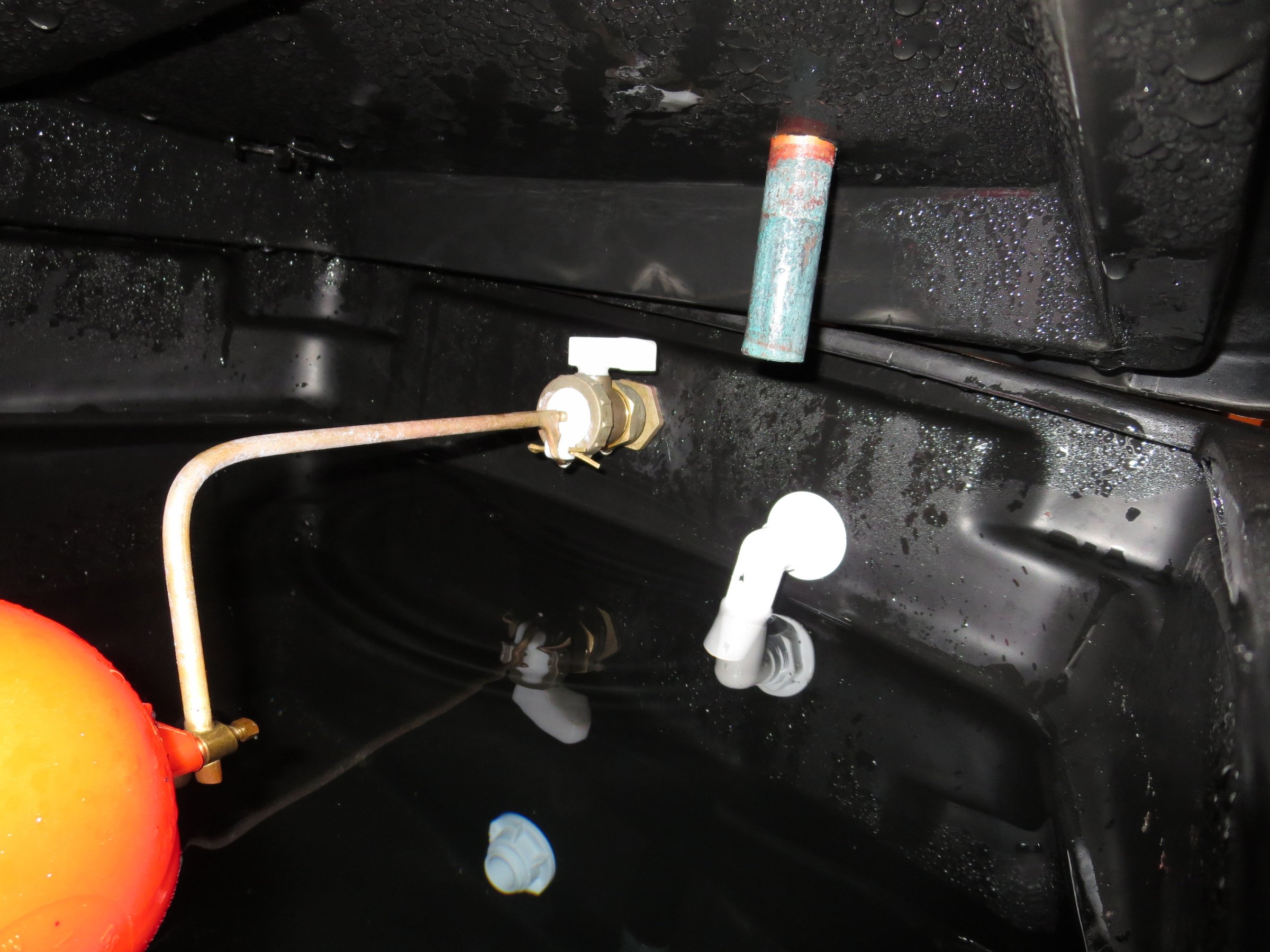Hi,
In our loft, we have two tanks - a small header tank for the central heating and a larger tank for the hot water - cold water is mains fed.
The other night, we noticed that the overflow pipe from the hot water tank was dripping outside. I was looking out of the window to see how much was coming out and, suddenly, the water flow turned from a minor stream to a constant flow of water that projected about 4m from the back of our house.
I ran upstairs to the loft and lifted the lid on the tank. The water level was below the overflow exit hole on the tank, but above the bottom of the dip tube so that it was still submerged. However, the water level was lower than what would shut off the ball valve so water was being discharged into the tank.
Despite the water level being below the overflow exit hole, the water was still running through the overflow pipe - I could hear it and could feel it when I put my hand onto the elbow on the overflow pipe on the outside of the tank.
I'm guessing that the water was being siphoned out but I'm not sure how to combat that. It's a big concern.
I isolated the inlet to prevent it from filling further and the overflow stopped at some point (can't remember when - it was quite stressful). I turned the water back on and, since then, we've had no issues.
Has anyone had any experiences like this and could anyone offer any alternative theories or solutions?
Many thanks,
Dave
In our loft, we have two tanks - a small header tank for the central heating and a larger tank for the hot water - cold water is mains fed.
The other night, we noticed that the overflow pipe from the hot water tank was dripping outside. I was looking out of the window to see how much was coming out and, suddenly, the water flow turned from a minor stream to a constant flow of water that projected about 4m from the back of our house.
I ran upstairs to the loft and lifted the lid on the tank. The water level was below the overflow exit hole on the tank, but above the bottom of the dip tube so that it was still submerged. However, the water level was lower than what would shut off the ball valve so water was being discharged into the tank.
Despite the water level being below the overflow exit hole, the water was still running through the overflow pipe - I could hear it and could feel it when I put my hand onto the elbow on the overflow pipe on the outside of the tank.
I'm guessing that the water was being siphoned out but I'm not sure how to combat that. It's a big concern.
I isolated the inlet to prevent it from filling further and the overflow stopped at some point (can't remember when - it was quite stressful). I turned the water back on and, since then, we've had no issues.
Has anyone had any experiences like this and could anyone offer any alternative theories or solutions?
Many thanks,
Dave


